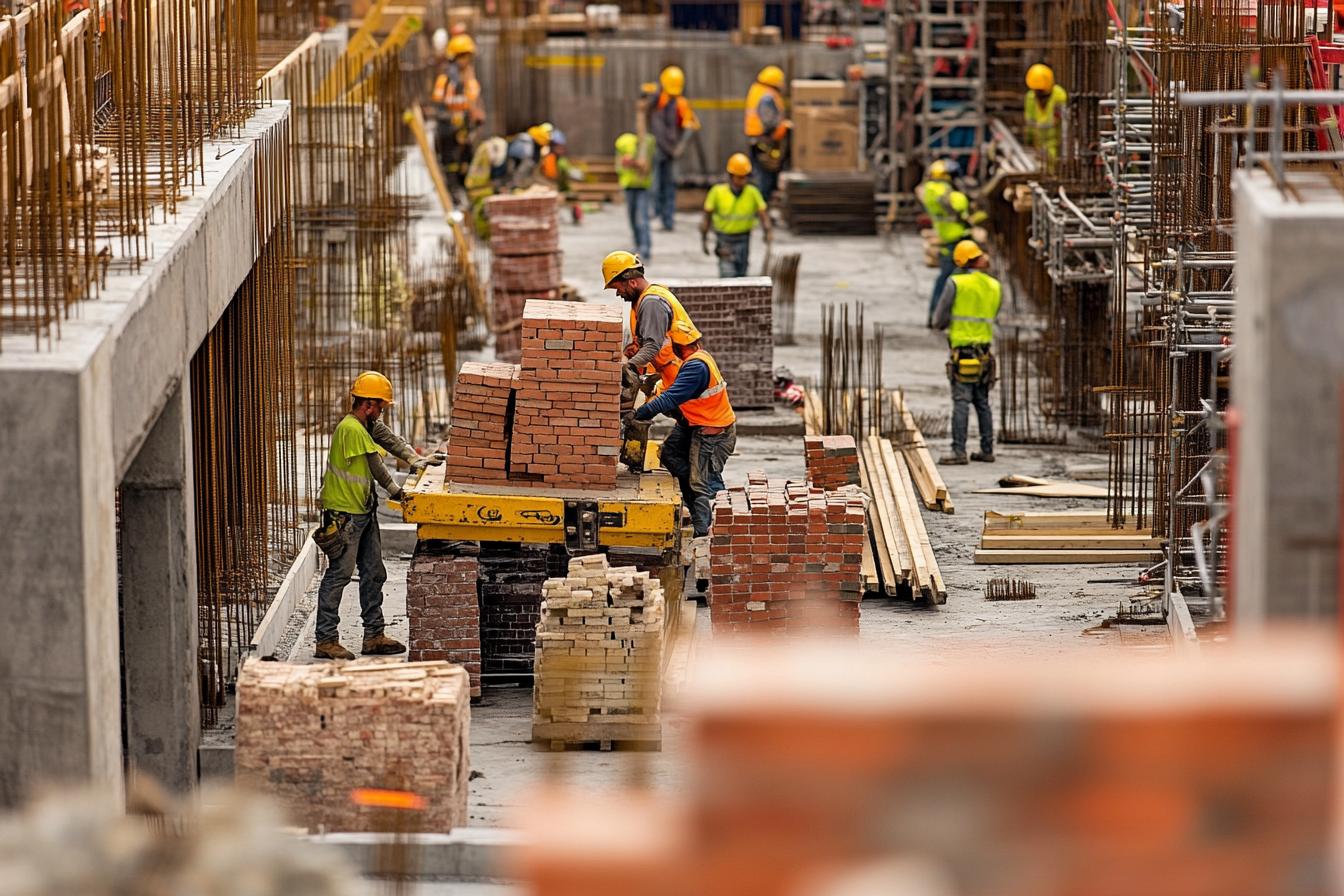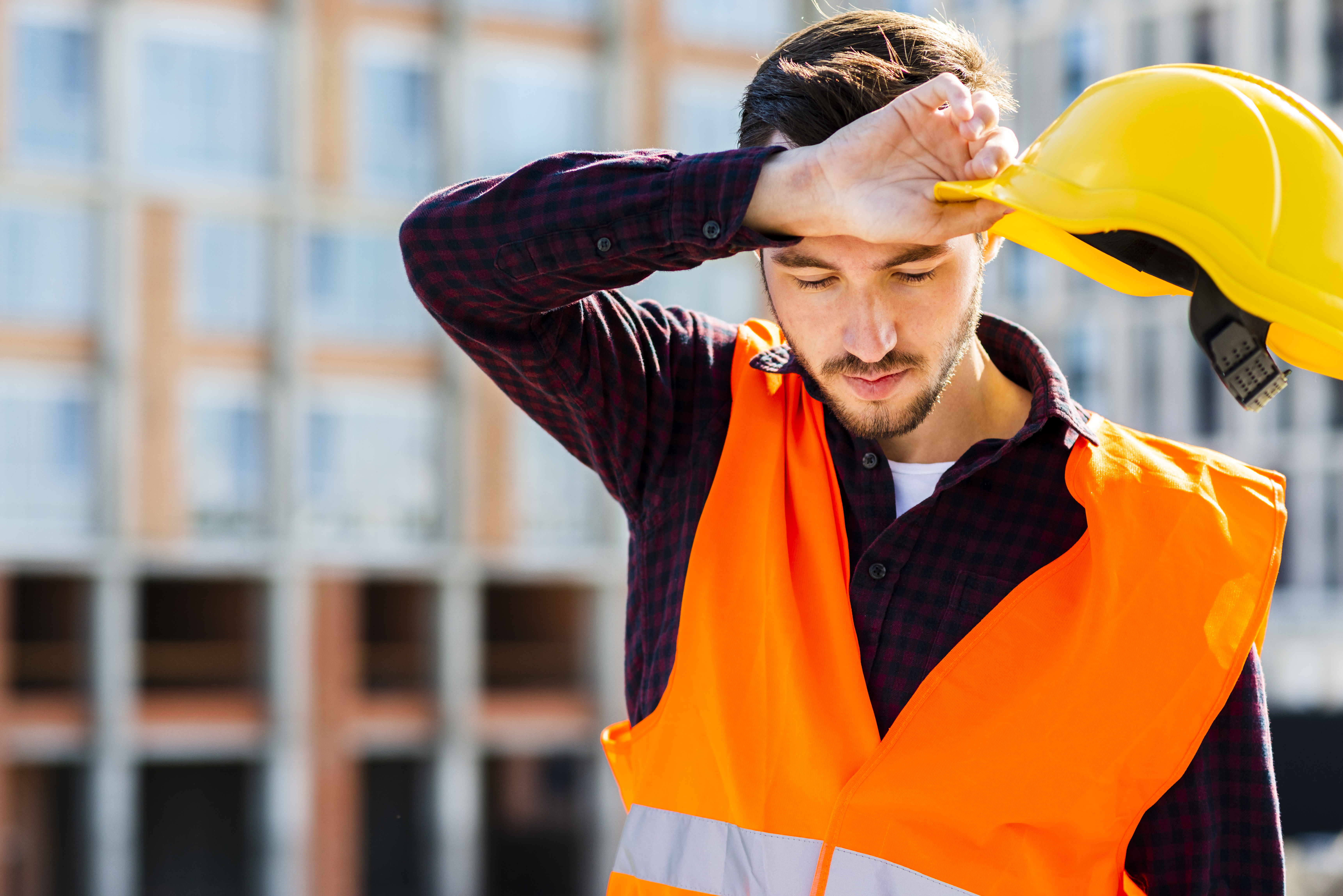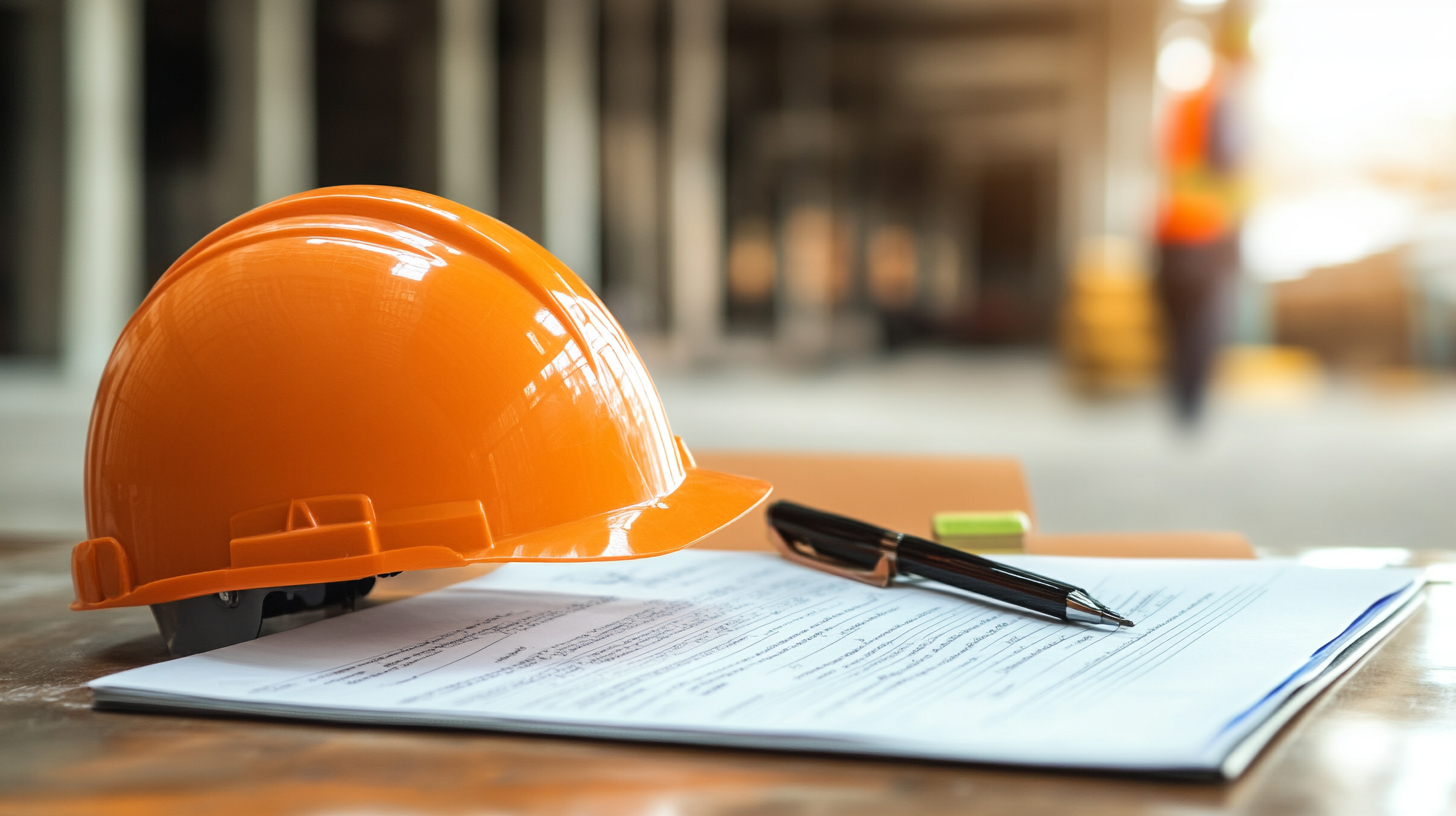Health and Safety Considerations in Construction Contracts
24 June , 2024 11:55 AM
It is of paramount importance to incorporate comprehensive health and safety provisions in the drafting of construction contracts. This is to guarantee the well-being of the workers, the visitors to the site, and the general public. This may be accomplished by the incorporation of provisions delineating the responsibilities, obligations, and liabilities of the parties with respect to health and safety. A contract may stipulate the client's requirement for the contractor to develop and implement a site-specific health and safety plan.
It may also delineate regular processes, such as training and inductions, and mandate the maintenance of accurate records of accidents and incidents. Furthermore, the contract may include clauses that hold each party liable for any damages or injuries resulting from their non-compliance with health and safety regulations.
Read on to find out more about health and safety considerations in construction contracts.
6 Health and Safety Considerations in Construction Contracts
Health and safety is very important in construction contracts. Construction projects must focus on worker safety to prevent accidents, injuries, and deaths. Effective health and safety in construction contracts can reduce the risk of accidents, minimise downtime, and prevent costly claims. AI-powered contract tools can assist in understanding the health and safety aspects of a contract ensuring all elements are addressed correctly.
Let's explore some examples of the health and safety considerations in construction contracts.
1. Accidental Falls and Slips
It is important to note that accidental falls and slips are common hazards in construction sites. As such, it is crucial to include adequate provisions in construction contracts to mitigate risks. Contractors and employers can include clauses in their contracts that specify the measures to be taken to prevent falls and slips. These measures may include ensuring proper flooring, providing adequate lighting, and ensuring that workers wear the required personal protective equipment (PPE).
It is also possible for contractors to include provisions for reporting and investigating incidents, as well as providing necessary medical attention and compensation in the event of an accident. Including these provisions in construction contracts can help to ensure a safer working environment for workers and reduce the risk of accidents and injuries. It may be beneficial to consult with a reputable AI-based construction contract management company to add accidental falls and slip provisions in your contracts using artificial intelligence tools.
2. Manual Handling
In the context of construction contracts, the term 'manual material handling' is used to describe the process of moving and placing materials by hand. This often involves the use of techniques such as lifting, carrying, and pushing. Effective manual material handling is of paramount importance in construction projects in order to prevent injuries and enhance efficiency.
Contractors may wish to consider including manual material handling provisions in their contracts in order to delineate responsibilities, procedures, and guidelines for the handling of materials. Such provisions may include specifications regarding the utilisation of proper lifting techniques, the provision of personal protective equipment (PPE), and the designation of areas for material storage and retrieval. By including these provisions, contractors can reduce the risk of accidents and injuries, and ensure that materials are handled safely and efficiently throughout the project.

3. Noise
In construction contracts, the issue of construction noise is often addressed through the inclusion of specific provisions that delineate the scope of work, schedules, and potential disruptions to nearby properties. These provisions may include requirements for the implementation of noise mitigation measures, such as the erection of sound barriers, the imposition of working hours restrictions, and the imposition of penalties for excessive noise levels.
To illustrate, a contract may stipulate that construction noise must be maintained at a specified decibel level during specified hours of the day, or that the contractor must provide advance notice to neighbouring properties before conducting noisy activities. Using AI assistant tools can give an instant and user friendly interpretation of any of these clauses which may be included in the contract.
4. High Temperatures
It is evident that elevated temperatures can have a considerable impact on construction projects, particularly in regions experiencing extreme heatwaves. It may be necessary for contractors to incorporate provisions within their contracts to address these concerns, such as the implementation of heat-related work restrictions, the provision of adequate worker hydration, and the incorporation of shade requirements.
Such conditions have the potential to result in delays or cost adjustments due to heat-related issues. For instance, a clause may be included within the contract stipulating that work will be halted if the temperature exceeds a certain threshold, or that workers must take regular breaks in shaded areas to prevent heat exhaustion.

5. Electrical Safety
The potential for electrical safety represents a significant hazard in construction projects, particularly when working with electrical systems, equipment, and materials. In order to mitigate this risk, it is imperative that contractors ensure that all electrical work is performed by qualified and licensed personnel and that they adhere to the prescribed safety protocols.
This encompasses a number of factors, including the de-energising of circuits prior to the commencement of work, the utilisation of appropriate personal protective equipment and the assurance that all electrical systems are subjected to thorough inspection and maintenance. Furthermore, contractual agreements should encompass provisions for electrical safety training, regular inspections and compliance with pertinent industry standards and regulations.
6. Air Contaminants
Air contaminants in construction projects represent a significant concern for both employers and employees alike. In the context of construction, air contaminants can encompass a range of substances, including particulate matter, dust, silica, and other hazardous materials that have the potential to pose health risks to workers. In order to mitigate these risks, it is recommended that construction contracts include provisions for proper ventilation, the provision of personal protective equipment, in this case respiratory, and the regular monitoring of air quality.
Additionally, contractors should also specify requirements for worker training, exposure limits, and emergency response procedures. By including these provisions in the contract, it is possible for employers to demonstrate a commitment to workplace safety and to reduce the risk of illnesses and injuries related to air contaminants. It is also possible to use an AI-based construction contract management company in order to include air contaminants clauses in contracts using artificial intelligence.
Obtain comprehensive coverage in construction contracts with AI
Construction contracts can be a complex area of law, but the use of AI-powered tools can help to simplify and streamline the process. AI can be used to generate contracts, track changes and automatically detect potential issues, thereby reducing the risk of errors and disputes. AI-powered contract analysis can be implemented to include health and safety clauses that consider risks and mitigate them. By leveraging AI in construction contracts, accidents can be reduced and greater focus can be placed on delivering high-quality projects with safety.
